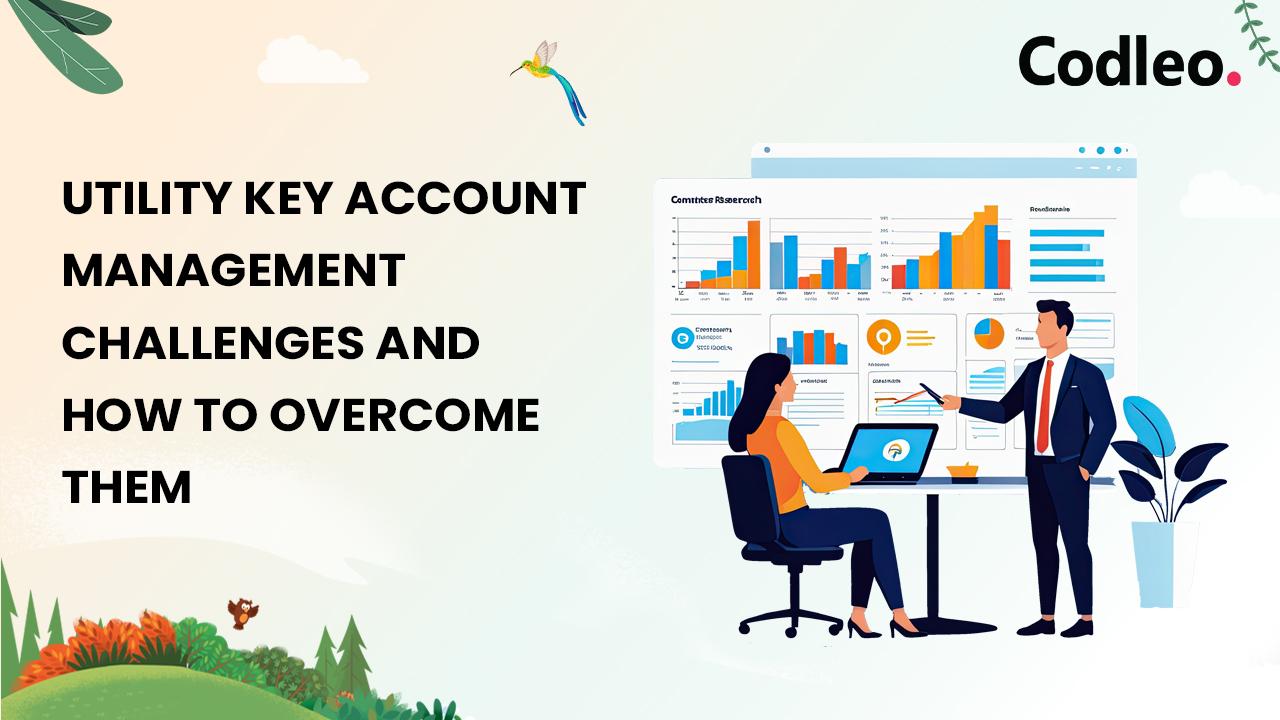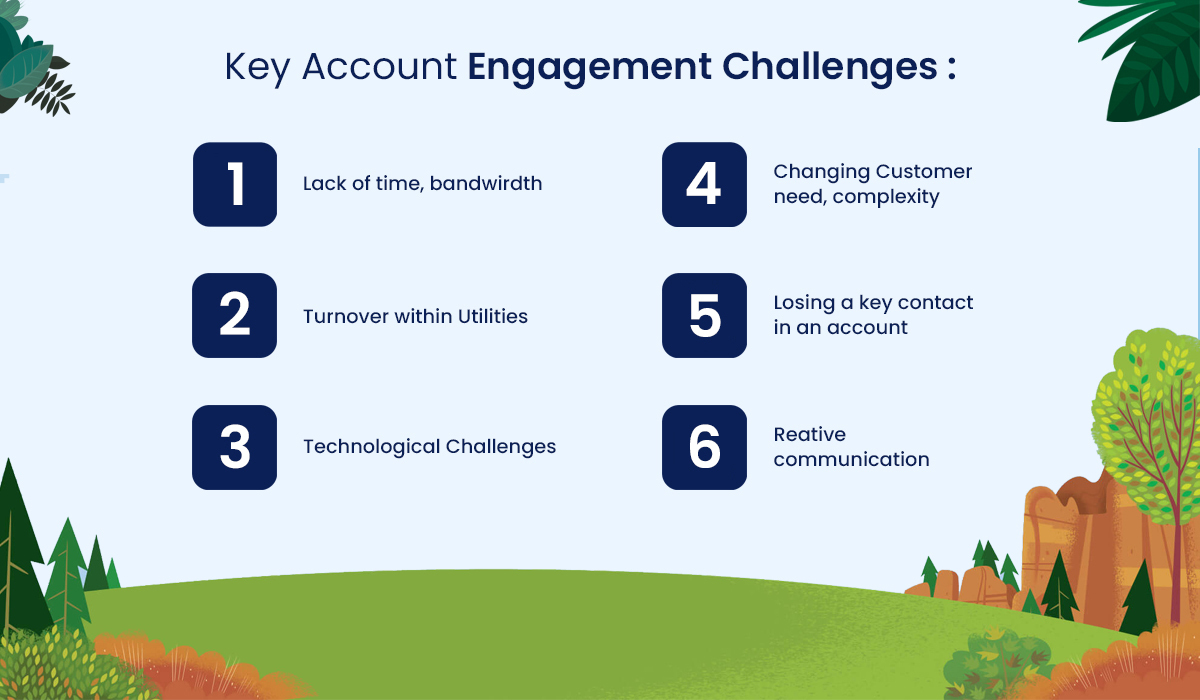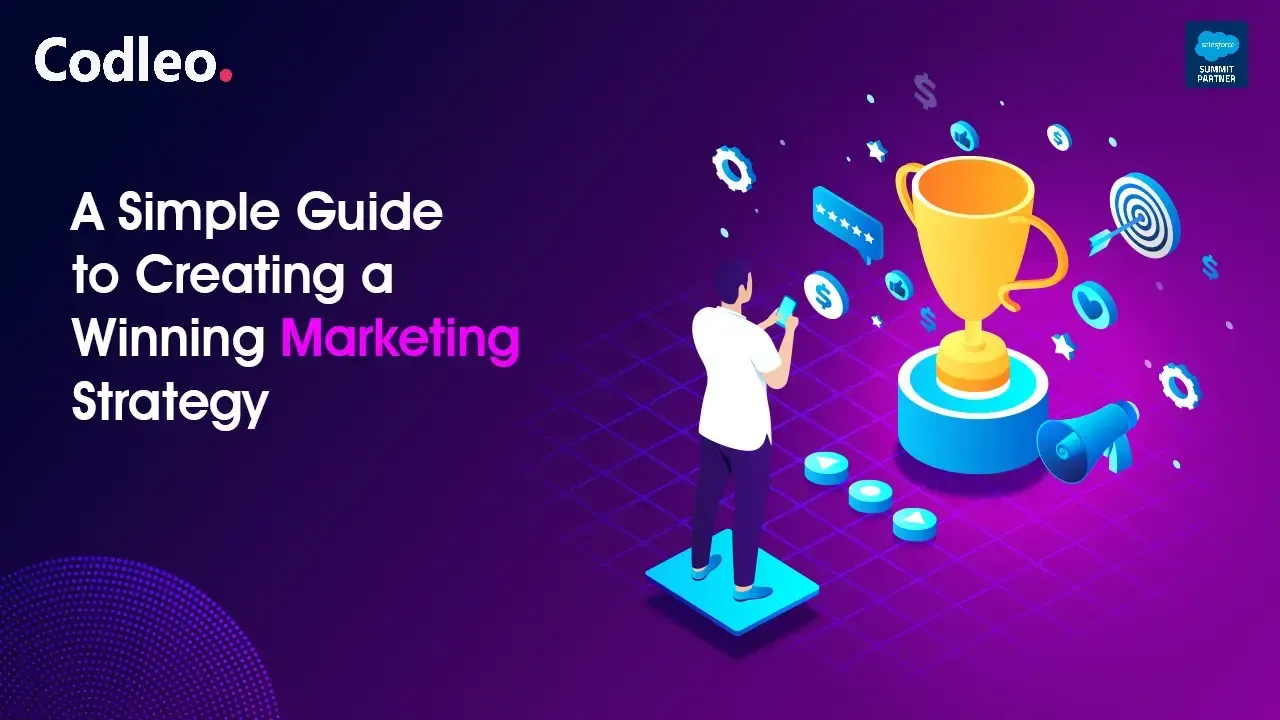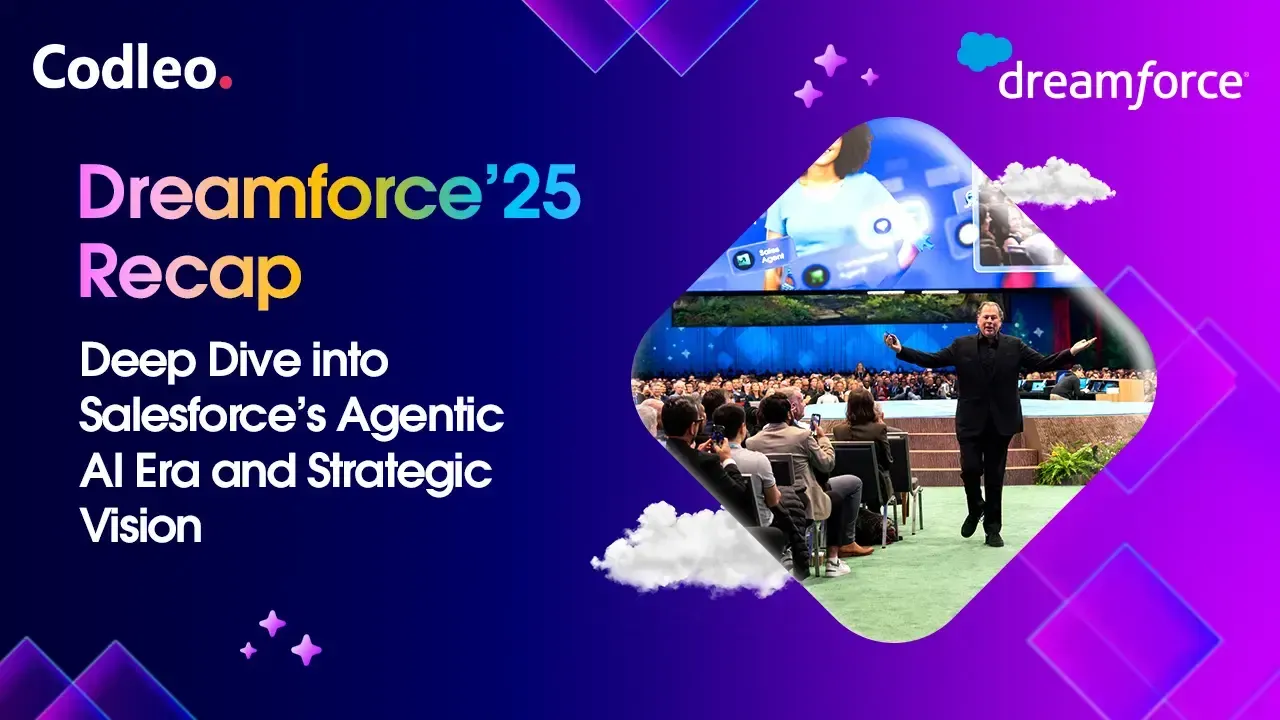
UTILITY KEY ACCOUNT MANAGEMENT CHALLENGES AND HOW TO OVERCOME THEM

Key Account Managers (KAMs) play a crucial role in the utility industry by developing and maintaining relationships with business customers. These key accounts are typically large and complex, encompassing a diverse range of energy and educational needs.
KAMs are responsible for providing their key account customers with valuable information and guidance on renewable energy advancements, energy-efficient technologies, demand response programs, and more. Their goal is to help business customers reduce costs, enhance energy efficiency, and improve sustainability, regardless of the challenges they face.
"By building trusted relationships with customers, KAMs become the go-to resource, helping customers become aware of opportunities they might have otherwise missed," explains a seasoned regional account executive.
Engaging with these customers requires significant time and effort, as they are often occupied with running offices, warehouses, and manufacturing facilities. Busy schedules are just one of the many hurdles KAMs face in fostering engagement. Additionally, there are numerous challenges in utility key account management that KAMs must navigate to effectively connect with their customers. Fortunately, there are tools and strategies available to help overcome these barriers.
Key Account Engagement Challenges

Common challenges in utility key account management range from internal capacity issues to technological limitations. Today’s energy professionals operate in a complex environment. Do any of the following hurdles sound familiar?
1. Lack of Time and Bandwidth
Time constraints are a frequent challenge in utility key account management. There never seem to be enough hours in a day or enough staff to accomplish everything that needs to be done. The role of a Key Account Manager is multifaceted, requiring them to switch gears continuously throughout the day and week.
One day, a Key Account Manager might focus on researching a customer’s latest electrification goals. On another day, they might be meeting with customers to strategize their renewable power plans for the year. The next day, they may need to determine how the grid can support new fast-charging stations.
Regardless of the project, KAMs are responsible for educating customers, coordinating paperwork, and facilitating large efficiency upgrades. This makes it challenging to give all accounts the attention they deserve. With many key account departments experiencing manpower shortages, implementing multifaceted plans can be difficult.
2. Turnover within Utilities
A significant challenge in utility key account management is talent turnover. Many experienced Key Account Managers are preparing to retire, while new professionals are entering the industry. According to the U.S. Department of Energy, 25% of the utility workforce is expected to retire by the end of this year.
Retiring KAMs will no longer be able to share their historical knowledge or train new employees. Meanwhile, the influx of new KAMs brings a lack of industry experience. These gaps make it challenging to provide end-use energy customers with the hands-on assistance they need.
“There’s a whole shift of new Key Account Managers,” says an industry expert. “If you’re already seasoned, how do you stay updated with the latest developments? If you’re new, how do you start the education process to ensure what you’re communicating is relevant and accurate?”
Education will be crucial in bridging this knowledge gap. Resources such as job aids, playbooks, webinars, and formal classes will be essential. Utilities are hiring internal training managers and leveraging third-party tools to launch these education programs quickly and affordably.
3. Technological Challenges
A frequently overlooked challenge in utility key account management is the effective use of technology, or sometimes the lack thereof. Instead of utilizing a designated CRM system to organize and monitor client contacts, many Key Account Managers rely on basic tools like Microsoft Word or Excel. This approach can be time-consuming and prone to errors when adding or updating information.
In some cases, Key Account Managers have access to a system but lack proper training on how to use it effectively. Consequently, their comfort level with the technology is not where it should be.
Additionally, Key Account Managers often encounter situations where a system or piece of software is heavily regulated within the organization, requiring multiple layers of approval before it can be used. Accessing and analyzing data to monitor customers' energy usage can also be challenging. Without accurate data, KAMs struggle to implement effective energy management solutions.
These scenarios hinder Key Account Managers' ability to perform their duties efficiently. Many have to rely on basic tools to get by.
“If you don’t have any other tool, send an email,” advises an industry expert. “While CRM systems are valuable for organization and list management, and face-to-face time can provide much-needed exposure, make the most of the tools available to you. If that means using Outlook email, then use it to your advantage.”
4. Changing Customer Needs and Complexity
As new energy technologies emerge and new federal and state laws are enacted, commercial and industrial customers need assistance in understanding how these changes affect them personally. They seek answers on how to leverage new technologies, the implications of upcoming energy efficiency laws, and how best to respond to these changes.
It falls to Key Account Managers (KAMs) to provide these answers and offer additional insights and information.
"We strive to be a resource for our customers, addressing their specific questions and any other energy-related developments in the states we serve," says an experienced account manager. "We aim to be their single point of contact. If I don’t have the answer, I connect them with someone who does."
Ultimately, the goal of a Key Account Manager is to help customers achieve their energy-related objectives. This involves providing a personalized experience that adapts to their diverse needs.
"The primary responsibility of a key account representative is to build relationships," says a supervisor of retail energy services. "Each representative and utility will approach this differently; there is no one-size-fits-all method. However, at the core of their role, the key account representative's primary duty is to be the point of contact for their customer."
This approach ensures that customers receive the support and guidance they need to navigate the complexities of the evolving energy landscape.
5. Losing a Key Contact in an Account
Just as there is turnover within utilities, employee shifts frequently occur within accounts as well. Job roles are fluid nowadays; one day a key contact is there, and the next day they have moved on to a different role or left the company entirely. Whether due to a role change, departure from the company, or restructuring, starting a new relationship from scratch is always challenging.
Despite the inconvenience, these transitions can also present numerous opportunities. A new contact may be eager to learn and initiate new communications or programs, making it an exciting time for a Key Account Manager.
At the very least, it provides the Key Account Manager with an opportunity to propose new ideas or revisit previously unimplemented concepts to the new contact, fostering another trusted relationship within the company. This challenge in utility key account management can be a blessing in disguise. The new contact might bring valuable connections that can significantly aid in achieving key objectives throughout the relationship.
6. Reactive Communication
Reactive communication is a common challenge in utility key account management. Often, KAMs are so busy that they can only respond to incoming requests, leaving little time for personalized outreach to a long list of clients.
This reactive approach can negatively impact the account-client relationship and make it more challenging to achieve program goals. KAMs need to educate commercial and industrial customers, many of whom are unsure about their electrification or sustainability journey and don't know where to start. Merely responding to inquiries leaves a lot of potential untapped.
"Relying solely on reactive communication means you're not building a trusted relationship with the client," explains an industry expert. "It's important to meet with clients regularly or give them a call. If the only time they hear from you is when something is happening, it doesn't foster a strong relationship — you're not investing in the future of that relationship."
Proactive communication is essential for developing trust and ensuring that customers feel supported and informed, ultimately leading to better outcomes and stronger partnerships.
How to Overcome Engagement Barriers
Despite the common challenges in utility key account management, numerous tools and resources are available to overcome them.
A recent report indicates that customers evaluate their KAMs based on attributes such as expertise, proactiveness, and serviceability.
Develop a Plan
First and foremost, it's crucial for Key Account Managers to develop a plan.
“Overcoming these barriers begins with a clear strategy for engaging with customers and delivering value,” suggests an experienced account manager. “Whether it involves market strategies, maintaining expertise in specific areas, or building customer trust, having a plan helps overcome obstacles and leads to more successful relationships.”
When setting up a plan, consider your goals and potential ROI. Determine what you want to track and which metrics would indicate success, then devise strategies to achieve those goals.
For example, if your utility aims to expand EV charging ports at businesses, start by understanding your audience. Analyze your target customers to identify the perceived pros and cons of such an investment. Develop a marketing campaign that highlights the benefits and segments the campaign to reach customers who are already interested versus those who need more convincing. Establish goals and metrics to analyze the campaign’s success, and once the campaign is live, use the results to determine the next steps.
Steps to Success:
-
Understand your audience
-
Define your objectives and goals
-
Develop an outreach plan or campaign based on audience insights
-
Target and segment communications
-
Analyze and review results
-
Monitor and follow up with customers
-
Leverage Partnerships
Many KAMs face the challenge of having a lot to communicate but lacking the time or expertise to do so effectively.
Investing in partnerships can alleviate some of the workload. These partners can assist with content creation, consistent communication, and providing relevant information.
For instance, partnering with a service that offers an email newsletter can significantly benefit KAMs. Account Managers can select relevant and timely content for the newsletter and set a deployment schedule based on previous interactions. KAMs can also opt to write a brief introductory text if they wish to have more involvement. Otherwise, the newsletters become a hands-off, seamless process.
Benefits of Newsletters:
-
Deliver timely information with relevant updates.
-
Establish consistent communication, building a trusted relationship with clients.
-
Focus on conveying important information and its value to clients.
-
By developing a strategic plan and leveraging partnerships, Key Account Managers can overcome common challenges and build stronger, more effective relationships with their clients.
Focus on Benefits
With numerous tasks to manage, Key Account Managers (KAMs) need to be mindful of how information is communicated. It’s not just about speed but also relevance.
"The timeliness of the information being conveyed is crucial... You want to set and build a communication expectation with your client," advises an industry expert. "The key is to convey what the information means to them. If you have a rebate program, explain the deadlines and details, but also dive into why it can be beneficial for them. Ensure you're translating for your audience exactly what the benefits are in reading your messages."
As the primary point of contact, KAMs should simplify the process for energy customers rather than add to their workload. By focusing on the benefits, rather than just the facts or features, KAMs can better illustrate the importance of taking action.
Make Time for Visits
For ongoing relationship development, in-person visits are highly recommended. “If time allows, in-person visits are extremely valuable,” says an experienced professional. “Although it hasn't been common in the past couple of years, face-to-face meetings are especially beneficial for new accounts or when you're unfamiliar with your contact. They are a great way to build those relationships.”
Another expert also advocates for client visits. “You gain so much more insight by being at a customer's facility and observing their operations compared to just having a phone conversation or virtual meeting. Whenever possible, I join a site engineer on visits.”
Invest in Tools
Guiding key accounts through large energy investments requires precise calculations and accurate data. Customers need to understand the potential returns before committing to any facility upgrades. Easy-to-use tools that generate custom data can greatly assist Key Account Managers (KAMs) in their customer communications.
“Having credible tools that provide reliable estimates of the savings customers will see over time or the payback on upfront investments for programs or rebates is very helpful,” explains an industry manager. “Deliver communications that reassure customers you'll support them throughout their journey.”
Education is Key
Business customers need to be aware of the latest sustainability and green building legislation. It’s essential to educate them not only on utility incentives and rebates but also on state legislation and requirements. Utilities must offer current rebates and incentives that meet the needs of their business customers.
"First, you have to listen and understand that every business has a unique perspective and specific scenario regarding their current position, goals, and focus areas," advises an experienced account manager. "You need to determine what they are trying to achieve and provide support where possible. Each customer is unique."
Trust Leads to Customer Engagement
Key account management challenges don't have to hinder the growth and development of engaging relationships. Overcoming these challenges can often lead to stronger, more trusted connections.
"Start building that trust," advises an industry expert. "By consistently providing reliable information, you establish a level of trust with your clients. You become a subject matter expert and a valued partner by delivering relevant, consistent information."
Developing a robust engagement strategy helps Key Account Managers build stronger relationships with their customers, ensuring long-term success and satisfaction.
Latest Blog





Say "hello" to us and lets gets talking
Partner with the best team in the world for your CRM or other digital needs.
Contact Us
